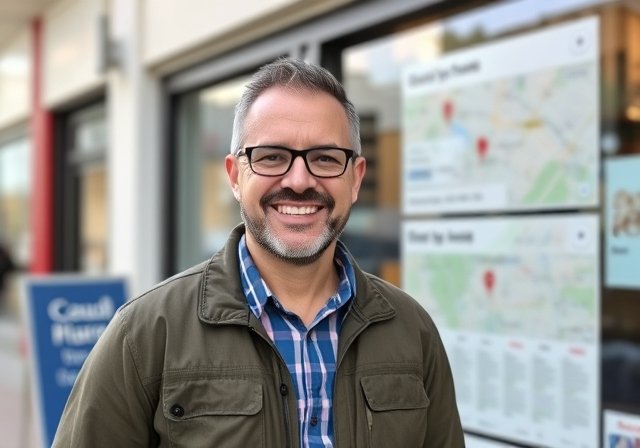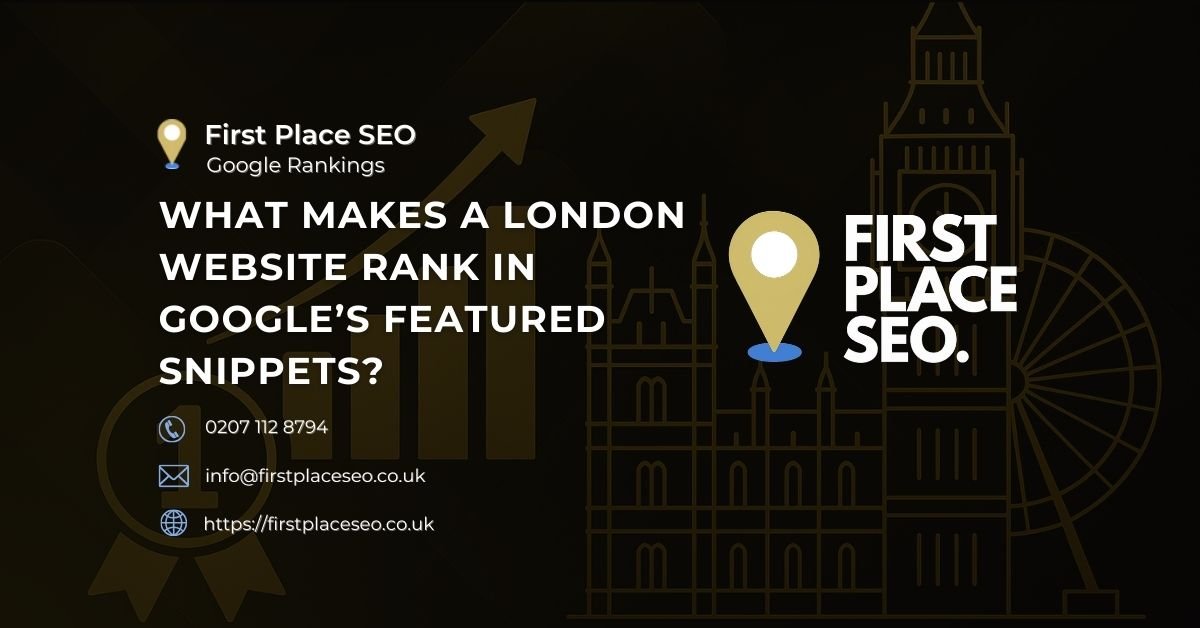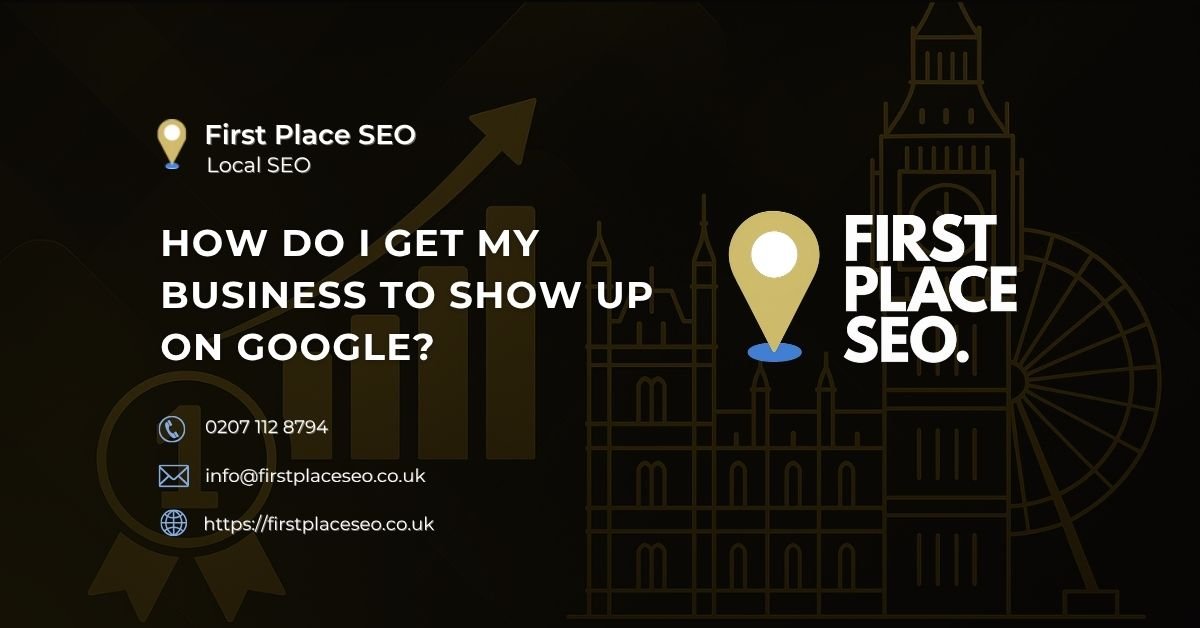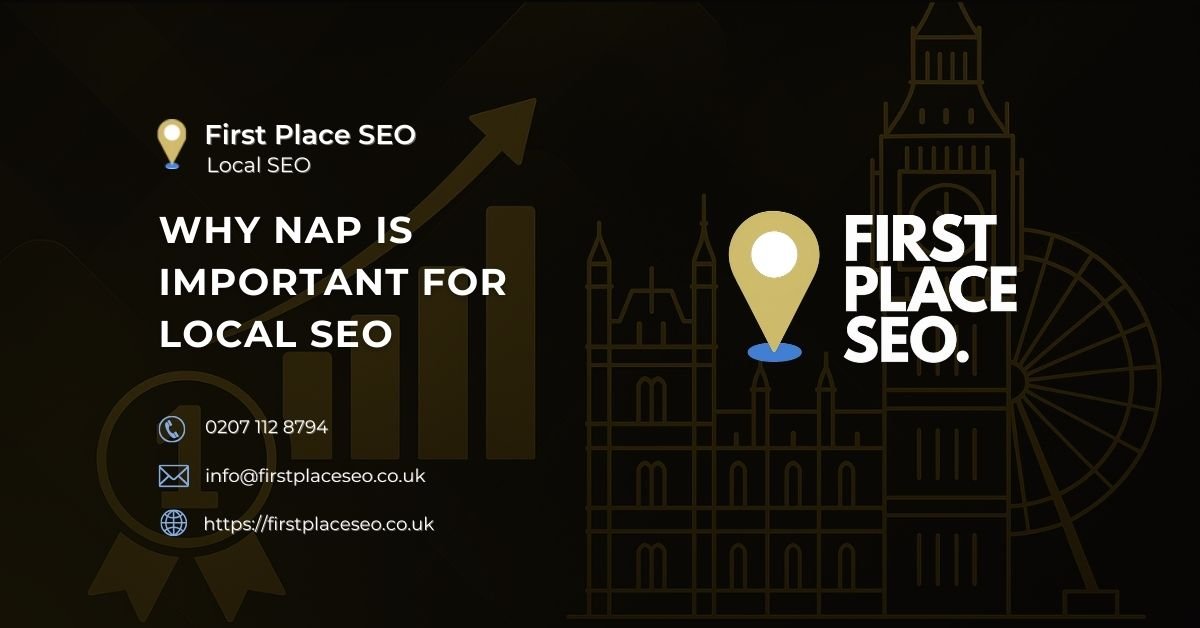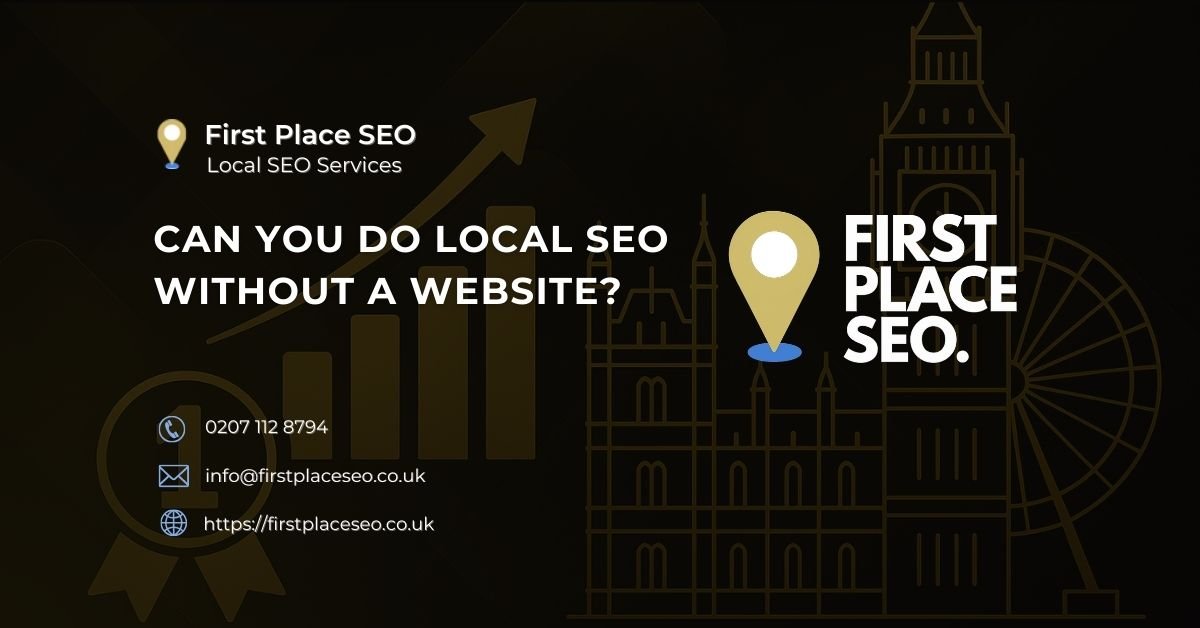To rank your Google Business listing at the top of the map section, you need a clear plan. My SEO Company operates in over 10 cities, with many Google Business listings, so I’ve tried nearly every method to see what works and what doesn’t. Here’s what I’ve learned, and it’s more straightforward than you might think.
Google Business listings are essential if you want local customers to find you. Nearly half of all Google searches are people looking for local businesses, and over half of those people click on the Google Map Pack. This is the map section that appears at the top of search results. Most searchers don’t bother with ads or regular website links—they go straight to the Map Pack.
If you want to show up in that top section, here are some steps to get you started.
1. Pick the Right Business Category
Choosing the right business category sounds simple, but it’s often overlooked. Google uses this to figure out what your business is about. Getting this wrong means you could miss out on showing up in relevant searches.
Here’s a simple tip: use the free Chrome plugin GMB Everywhere. This lets you look at what categories your competitors are using. Search for the businesses that rank well for the keywords you want and see what category they’ve chosen. Use the same category to improve your chances of ranking.
2. Optimise Your Business Name
Your business name can influence how well you rank. Try to include the keyword people are searching for. Let’s say you run a lawn care business in Manchester. A name like “Greenfield Manchester Lawn Care” is likely to rank better than just Greenfield. Keep in mind that your business name has to be legitimate, so don’t stuff it with unnecessary words.
3. Location is Key
Google tends to show businesses that are close to the searcher’s location. So if you’re based outside the city you’re targeting, you’ll need to adjust. One way to do this is to use a co-working space or virtual office within city limits. Google allows this as long as someone is there during working hours.
When I started out, I didn’t realise how much of an impact location had on rankings. Once I updated the address to a nearby co-working space, I started seeing my listing appear more often in local searches.
4. Write a Clear Business Description
The business description in your Google profile is a chance to explain exactly what you do and where you operate. Keep it clear and use the right keywords—think about the main services you offer and the areas you cover.
When I updated my description to include specific cities and services, I noticed a bump in ranking. I also made sure to avoid jargon and just focused on what potential customers needed to know.
5. Add Photos and Videos
Photos are useful for showing customers what you do, but they also help Google understand your business. You can take it a step further by geotagging your images. This means attaching location data to your photos, so Google knows where the pictures were taken.
I’ve used a free tool called GeoImgr to geotag my photos before uploading them. For example, if I took a photo of a job in central London, I’d tag it with that location. It’s a simple task, but it helps reinforce where you’re working and improves your chances of ranking locally.
6. Get Reviews and Respond to Them
Reviews play a big role in how Google ranks businesses. The more positive reviews you get, the more likely you are to rank higher. I’ve found that just asking customers for reviews makes a big difference. A polite request at the end of a job works wonders, and most people are happy to help.
I always respond to both good and bad reviews. Not only does this show customers you’re paying attention, but Google also likes to see that you’re active. It’s a small effort that can go a long way.
7. Optimise Your Landing Page
The page you link to from your Google Business profile should be relevant to the service and location you’re promoting. Include the right keywords and make sure your business name, address, and phone number (NAP) match your Google listing. You can also embed a Google map on your page to strengthen your local SEO.
When I first linked my listing to my homepage, I didn’t see much improvement. After creating separate landing pages for each service area and adding a Google map, my rankings noticeably improved.
Final Thoughts
Following these steps will help you rank higher in the Google Map Pack, which is where most local customers are looking. The key is to make sure your listing is accurate, relevant, and active. You don’t need fancy tricks—just practical steps that make it easy for Google to understand what you do and where you do it.
If you find this guide helpful, consider sharing it with other business owners who might benefit. Thanks for reading! This post was written by our in-house human professional SEO expert Paul.
